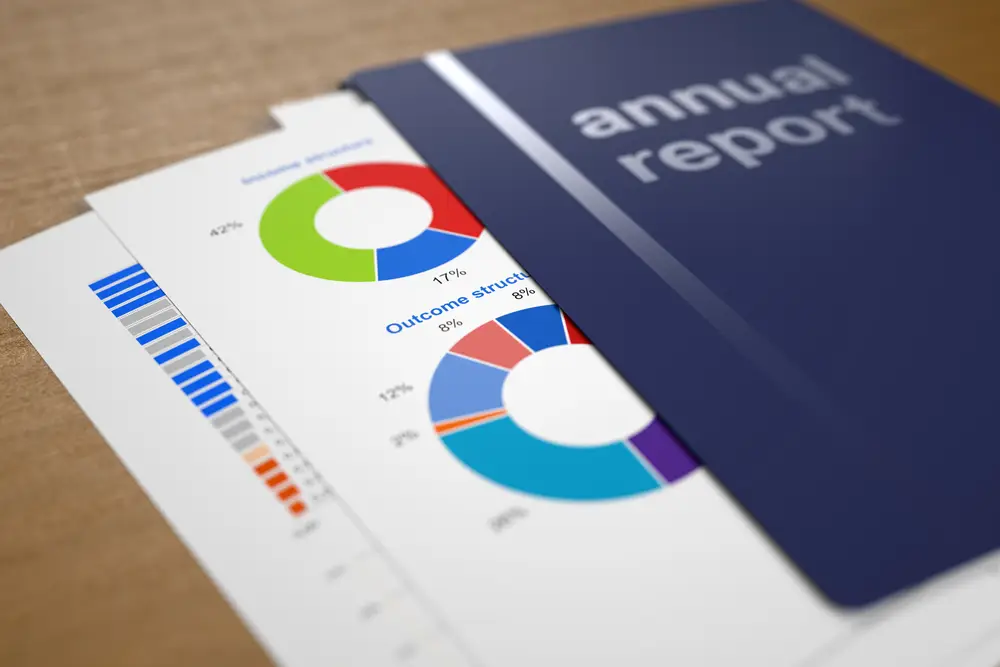WASREB Releases Annual Impact 12 2020 Report

WASREB LAUNCHES ANNUAL IMPACT REPORT TO REVIEW WATER SECTOR’S PERFORMANCE
Report indicates an improvement in water coverage and sets out need for increased funding for infrastructure development to improve the water sector in the country
Nairobi, July 6th, 2020: The Water Service Regulatory Board (WASREB) – the body charged with regulation of water services in Kenya, has today released its latest Impact Report; in a bid to evaluate and assess the performance of the water sector. However, unlike other years, the report was unveiled at the WASREB offices in Nairobi, due to the prevailing COVID 19 (Corona) Pandemic, a highly infectious respiratory disease. Containment measures outlined by the government in March include banning of gatherings.
Dubbed Impact 12 2020, the annual publication tracks the progress of the sector for the year 2018/19, by monitoring nine (9) Key Performance Indicators. These are: Water Coverage, Water Quality, Hours of Supply, Non-Revenue Water, Metering, Staff Productivity, Revenue Collection Efficiency, Personnel expenditure as a % of O+M cost and O&M cost-coverage.
According to Impact 12 2020 Report, the average Water Coverage was 59%, which is a growth of 2 percentage points from 2017/18 where coverage was 57%. In 2018/19 there was an additional 894,827 people, representing 229,442 households. The average for Very Large utilities was 75%, just five (5) percentage points short of the sector benchmark of 80%. For the Small utilities the average slightly increased to 29%.
Meanwhile, Sewered Sanitation Coverage improved from 16% to 17%. Sewer services available remained at 32 urban centres spread across 26 counties. 21 counties have no sewer services and rely on onsite solutions. The number of sewer connections increased by 4% which was 1% decline from the previous period.
The report indicates a performance improvement in five Key Performance Indicators have at least 50% of the WSPs meeting the “acceptable range” of sector benchmark while a decline was recorded in four. These are Service Hours, O+M Coverage, Collection Efficiency, Staff Productivity and Metering Ratio. Compared to the previous period, five KPIs recorded an improvement in the number of WSPs attaining the sector benchmark while a decline was recorded in four. On the basis of cluster of indicators, the highest performance is on Quality of service at 65% followed by operational sustainability at 51% and the least was economic efficiency at 34%.
On performance assessment, Nyeri Water and Sewerage Company took the top position opening up a commendable lead of 32 points. The 2nd and 3rd ranked WSPs were Eldoret and Nakuru respectively. Kapenguria and Kwale were the lowest ranked utilities. Kakamega and Nzoia WSPs as a result of governance challenges were not ranked in the current period.
“The ongoing licensing process by WASREB has clearly outlined the targets the licensees should meet during the period of the license. These commitments will be monitored closely to ensure the sector meets the set targets. It is also expected that the tools rolled out by the Regulator shall progressively improve on sector performance,” WASREB CEO Eng. Robert Gakubia stated as he unveiled the report at the Regulator’s offices.
Impact 12 2020 further indicates that in a bid to ensure uniform standards across the sector, the Regulator is rolling out guidelines that are geared towards streamlining service provision and ensure the protection of the rights of the consumer. Some of these include; Business Planning, Water and Sanitation Services Provision in Rural and Underserved Areas, Water Safety Planning, Water Vending, Corporate Governance and Pro-Poor Water and Sanitation Services Guidelines.
The Impact Report serves as WASREB’s main tool for public reporting and documents the performance of Kenya’s water services sector over a given period of time. It is meant to spur comparative competition in the sector, thus creating impetus for institutions to improve their performance whilst encouraging accountability of stakeholders in the water sector to the public.
For details of the report and winners of various awards, click here; https://bit.ly/3eZn7pL
Eng. Robert Gakubia
Chief Executive Officer
WATER SERVICES REGULATORY BOARD